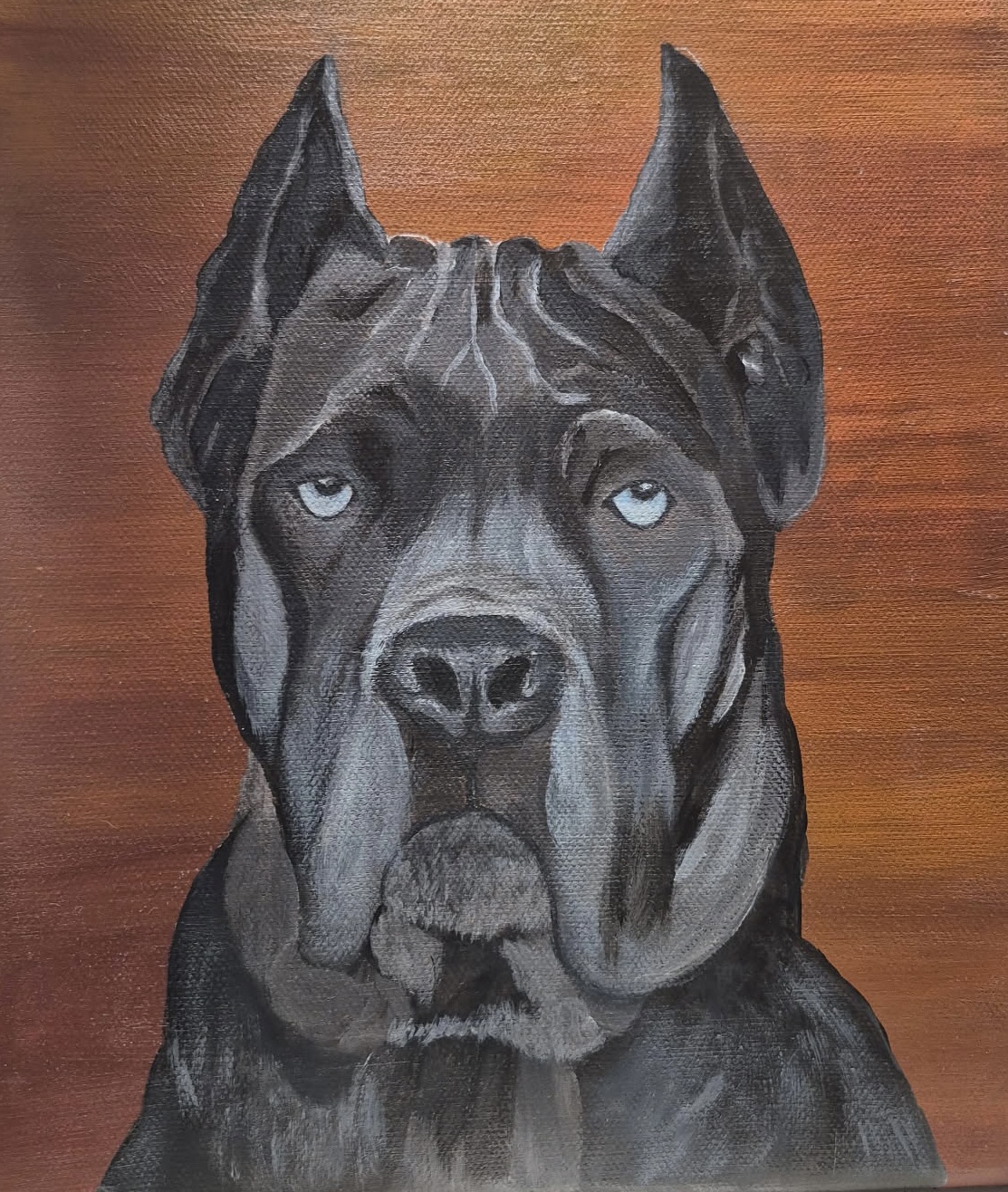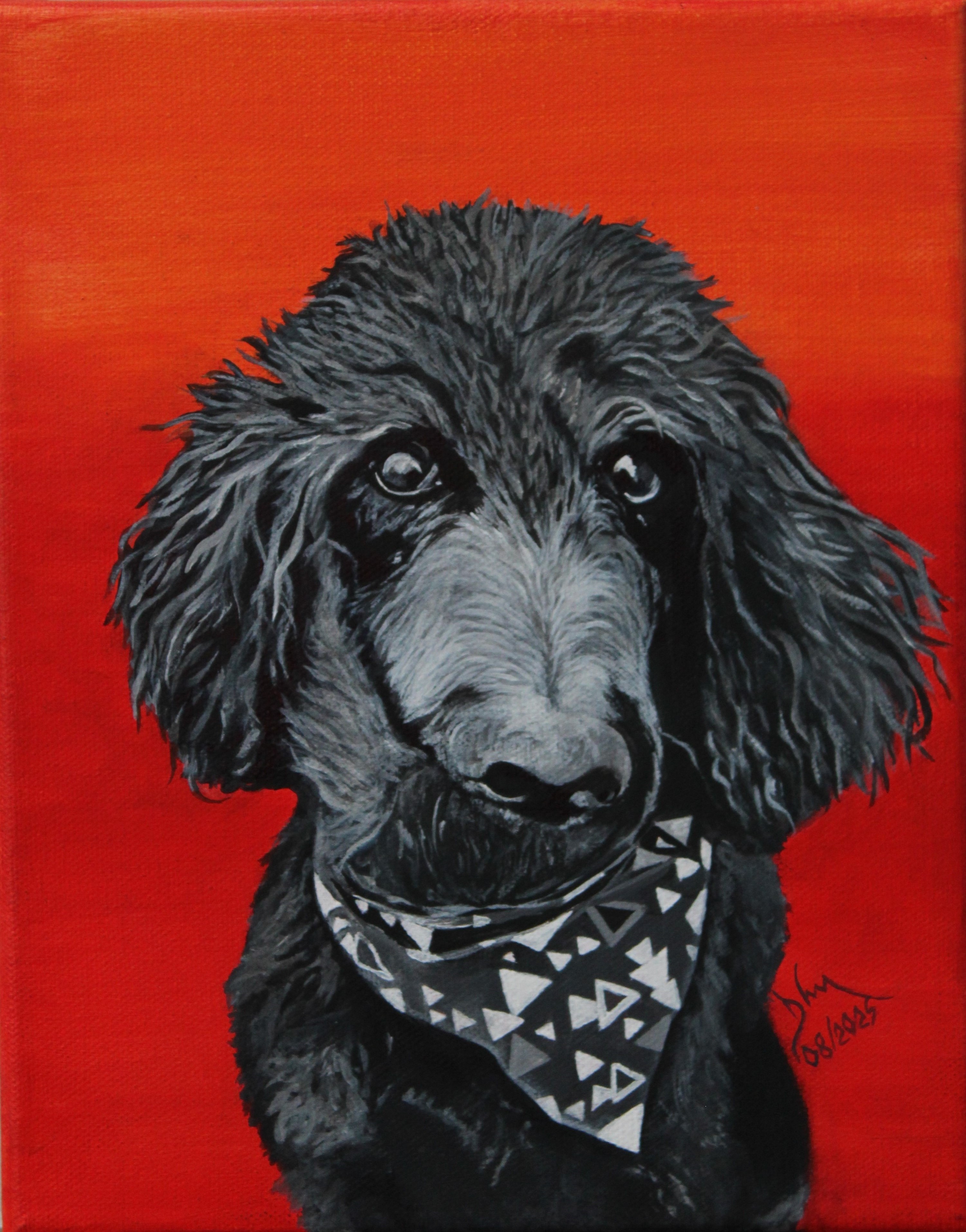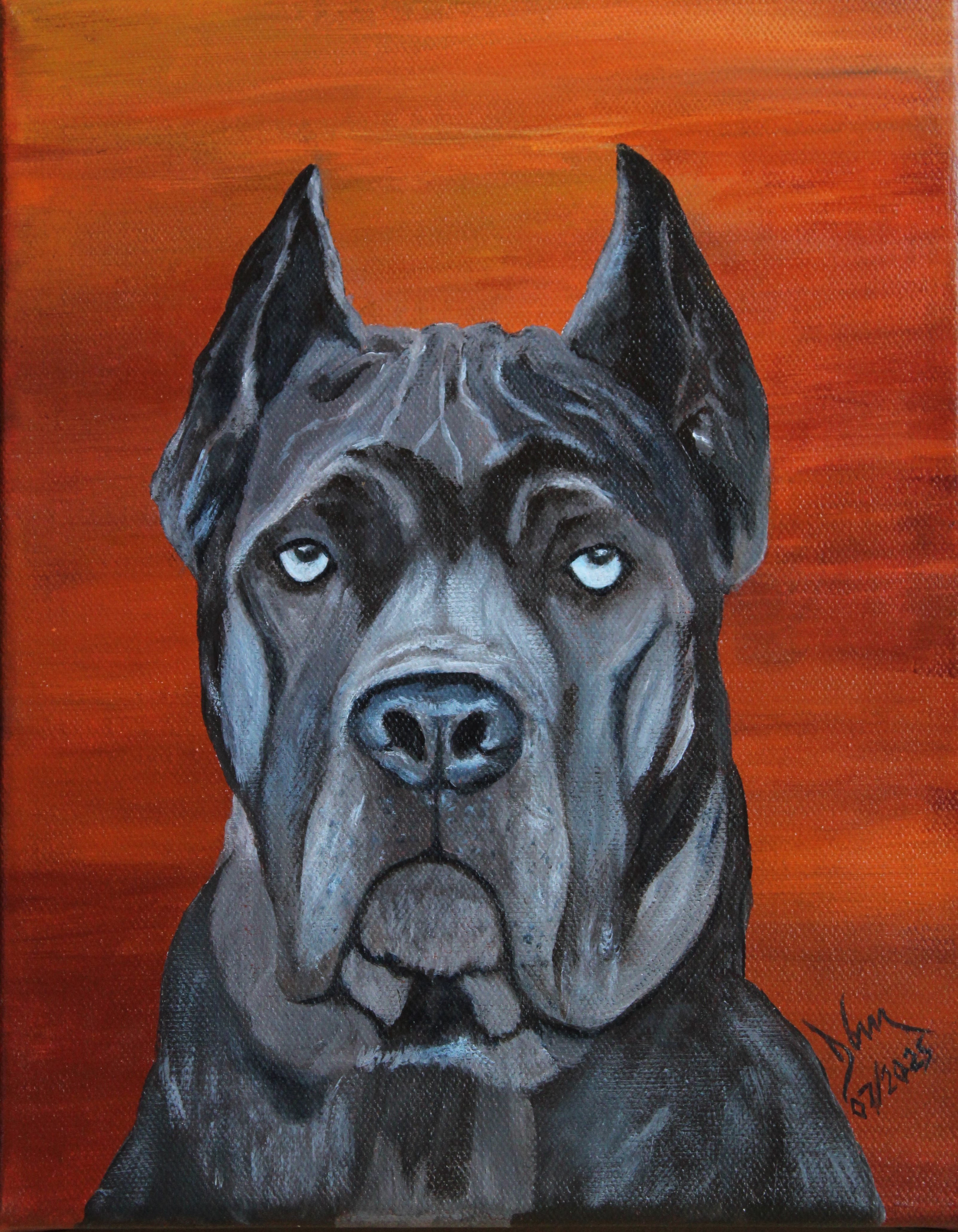Cane Corso Tail
Topic: dogs
Summary: This blog post, titled "Cane Corso Tail: Docked or Natural? What Every Owner Should Know", explores everything related to Cane Corso tails—including natural tail appearance, tail docking history, ethical concerns, legal status, and what to expect if you choose either option. It’s written to help owners make informed decisions and understand the tradition vs. modern perspective on tail docking.
Cane Corso Tail: Docked or Natural? What Every Owner Should Know

Click Here to buy this print.
One of the first things many people notice about the Cane Corso is its short, powerful tail—but was it born that way?
In many cases, no. Cane Corsos are born with long, whip-like tails, but most in the U.S. are docked early in life. This blog post breaks down what you need to know about the Cane Corso tail, whether docked or natural.
🐾 What Does a Natural Cane Corso Tail Look Like?
A natural Cane Corso tail is:
- Long and slightly curved downward
- Thick at the base, tapering to a point
- Often wags with full-body enthusiasm
It’s similar to other large mastiff breeds but more agile due to the Cane Corso’s athleticism.
✂️ Why Do Cane Corso Tails Get Docked?
Tail docking is a cosmetic or working-dog procedure done within the first 2–5 days of life. Reasons for docking include:
- Traditional look (standard in U.S. breed shows)
- Historical working roles (to prevent tail injuries during guarding or hunting)
- Cleaner, tighter silhouette in protection sports
⚖️ Is Tail Docking Legal and Ethical?
Tail docking is controversial and illegal or restricted in many parts of the world, including:
- The UK
- Australia
- Parts of the EU
In the U.S., it remains legal and widely practiced—especially among breeders focused on conformation or working lines.
❌ Ethical concerns include:
- Performing a non-medical amputation
- Pain and trauma in early development
- Removing part of a dog’s communication system (tails express emotion)
🧬 Cane Corso Tail and Behavior
Dogs use their tails to:
- Show fear, aggression, excitement
- Balance during movement
- Signal intentions to other dogs
Docked dogs may be misunderstood by other dogs, especially in early socialization. This doesn’t mean they’re less friendly—but it can affect canine communication.
🩺 Tail Docking Procedure & Healing
Tail docking is typically:
- Done by a vet or experienced breeder
- Performed at 2–5 days old (no anesthesia)
- Heals in 1–2 weeks
Complications are rare but can include:
- Bleeding
- Infection
- Neuroma (nerve pain later in life)
🧠 Final Thoughts: Should You Dock a Cane Corso’s Tail?
The decision comes down to your purpose and values:
- Yes: if you’re showing, working, or prefer the traditional look
- No: if you value natural anatomy, body language, or live in a no-docking country
Whatever you choose, a Cane Corso’s value doesn’t come from its tail—it comes from the love, discipline, and respect you invest in the dog.
💬 What’s your stance on tail docking? Tell us in the comments.
Tags: cane corso tail, tail docking, natural cane corso tail, docked tail controversy, italian mastiff anatomy
Category: Breed Features & Owner Education





